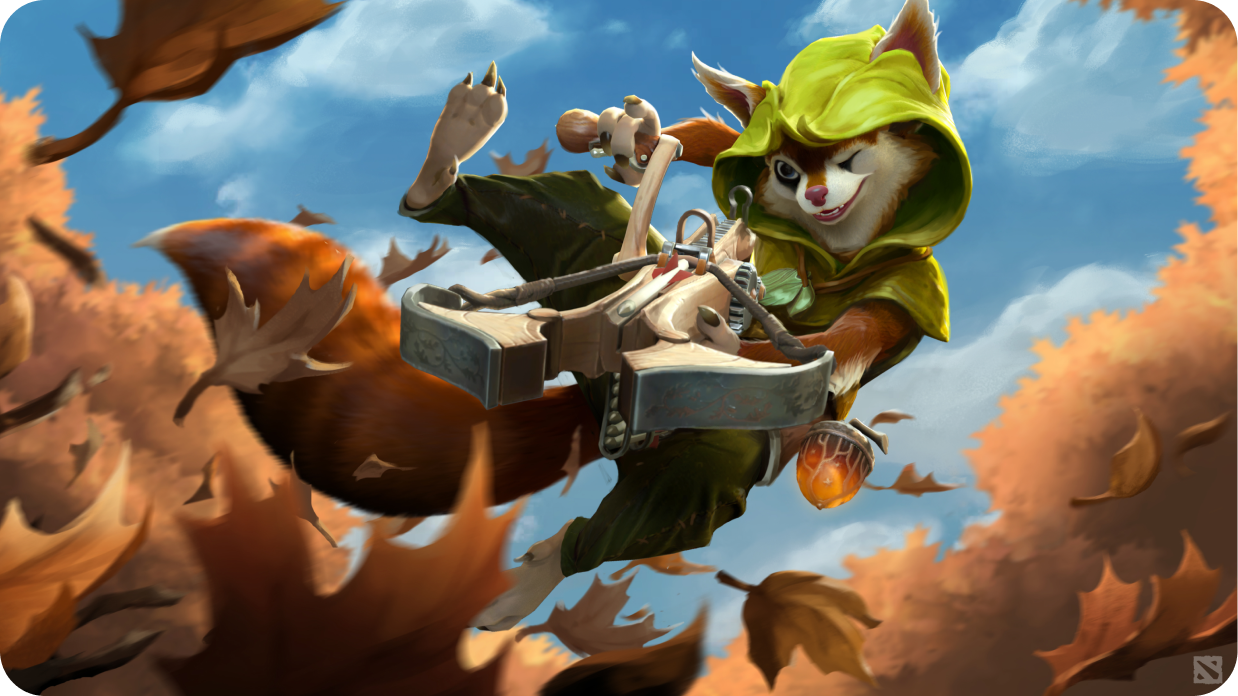
Video Game Character Design Rendering: Unleashing Creativity in 3D Realms
Welcome to a dive into the imaginative world of video game design. In this expansive universe, designers breathe life into characters through the power of rendering, a process that catapults a 2D sketch into a 3D, interactive entity. Today, we’re going to take you on an enlightening journey through the world of video game character design rendering and video game character design 3D rendering.
Video Game Character Design Rendering: The Birthplace of Digital Heroes

Character Creation: More Than Meets the Eye
A video game character starts as a simple idea but grows into a complex entity with a personality and unique traits. Designers sketch out their ideas, focusing on details like physical attributes, costumes, and weaponry. However, to really make a character come to life, they employ video game character design rendering.
Rendering is a process that transforms a flat sketch into a dynamic, 3D model. It’s the magic that makes characters believable and relatable, drawing gamers into the narrative and creating a deep sense of immersion.
The Road to Rendering: From Sketch to Screen
Before a character can be rendered, designers need a detailed 2D sketch. This sketch serves as the foundation for the digital model. Designers use software like ZBrush or Maya to sculpt the character in 3D, based on the initial design.
The rendering process involves adding colors, textures, and lighting to make the character appear as realistic as possible. This step is crucial in setting the character’s mood, environment, and, ultimately, their role in the game world.
Video Game Character Design 3D Rendering: An Artistic Evolution
The Rise of 3D in Video Games
3D character design has revolutionized the gaming industry. With video game character design 3D rendering, designers can create characters that are more realistic, expressive, and engaging.
From early 3D pioneers like “Super Mario 64” to modern masterpieces such as “The Last of Us Part II”, the evolution of 3D character design has allowed for a deeper level of storytelling and player engagement.
Pushing the Limits: The Power of 3D Rendering
3D rendering pushes the boundaries of what’s possible in character design. It gives designers the freedom to explore complex shapes, realistic textures, and stunning lighting effects.
The level of detail that can be achieved with 3D rendering is extraordinary. From the intricate folds of clothing to the delicate play of light on a character’s skin, 3D rendering makes it possible to create characters that are almost indistinguishable from reality.
Video Game Character Rendering Design: Bringing Characters to Life

Breathing Life Into Pixels: The Role of Animation
Once a character has been rendered in 3D, it’s time to bring them to life. This is where video game character rendering design steps in. Animators take the rendered 3D models and apply skeletal rigs and motion data, allowing the characters to move and interact with their environment in a believable way.
The Beauty of Realism: From Static to Dynamic

Rendering designs in games goes beyond just visuals. They also involve physics simulations, lighting calculations, and AI algorithms that dictate how a character interacts with the game world. These complex systems bring a level of dynamism and realism to the game, further immersing the player in the gaming experience.
FAQs
Video game character design rendering is the process of converting 2D character sketches into 3D digital models. It involves adding textures, colors, and lighting to create realistic and immersive characters.
3D rendering brings a new level of realism and immersion to video games. It allows for the creation of complex shapes, realistic textures, and intricate lighting effects, making the characters more believable and engaging for the players.
Video game character rendering design involves animating rendered 3D models, making the characters move and interact in the game environment. It also involves implementing physics simulations and AI algorithms that govern the character’s interaction with the game world.
Programs like ZBrush, Blender, and Maya are commonly used for character design and rendering in video games. These tools offer a wide range of features for 3D modeling, texturing, and animating.
The evolution of 3D rendering technology has allowed for more complex and realistic character designs in video games. Early 3D games had simple, polygonal characters, while modern games feature characters with intricate details and life-like movements.
The future of character design rendering lies in advanced technologies like virtual reality (VR) and augmented reality (AR), which will further enhance realism and immersion. Additionally, AI-driven procedural generation could automate and streamline parts of the design and rendering process.
The world of video game character design rendering is a fascinating blend of art and technology. As we continue to push the boundaries of what’s possible in 3D rendering, video game characters will become even more realistic, expressive, and engaging. Whether you’re a gamer, a designer, or just a tech enthusiast, it’s an exciting time to be involved in this rapidly evolving field.



